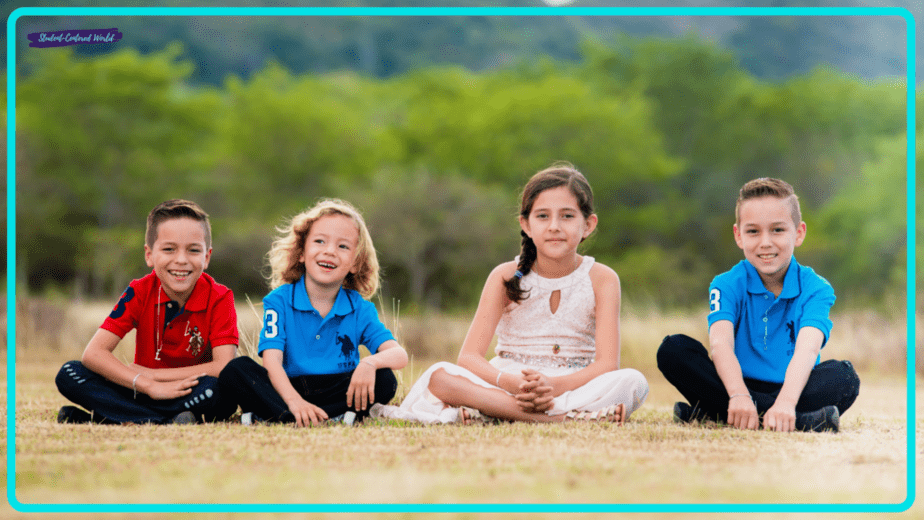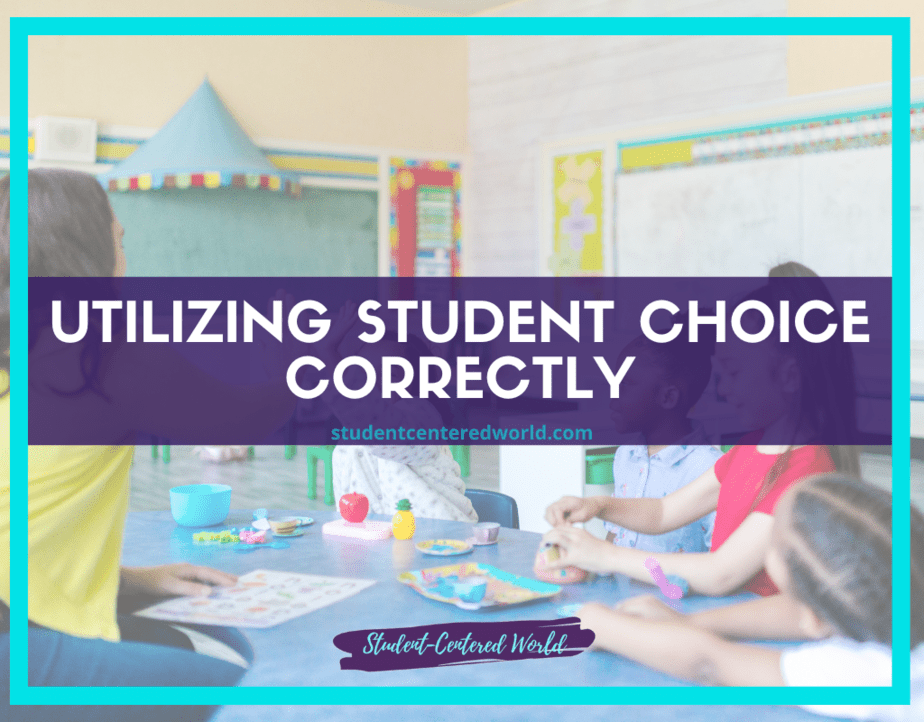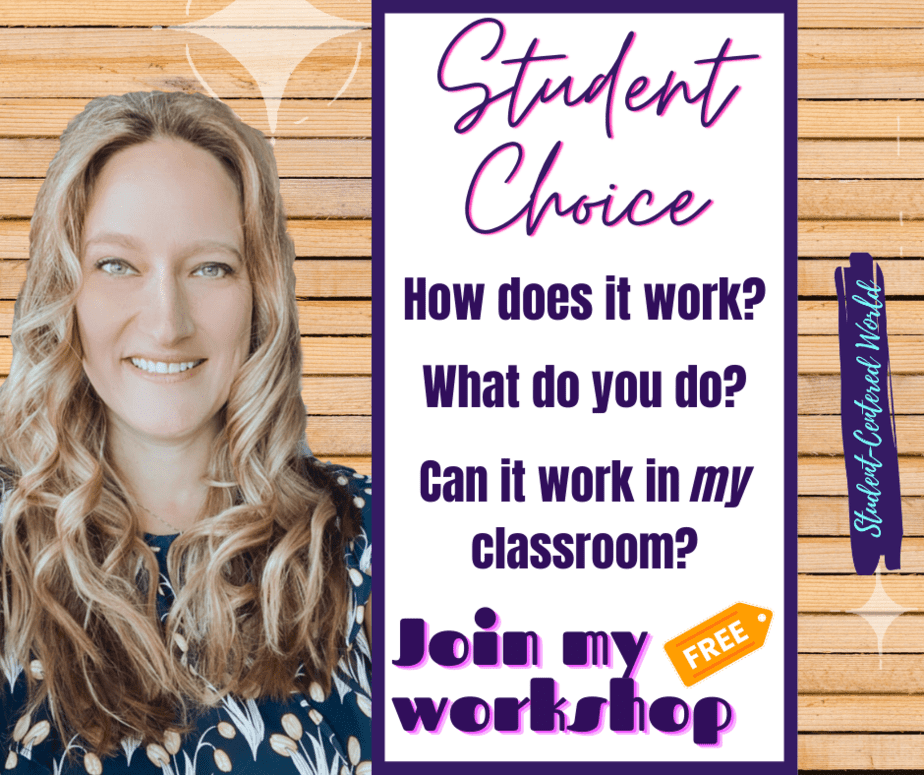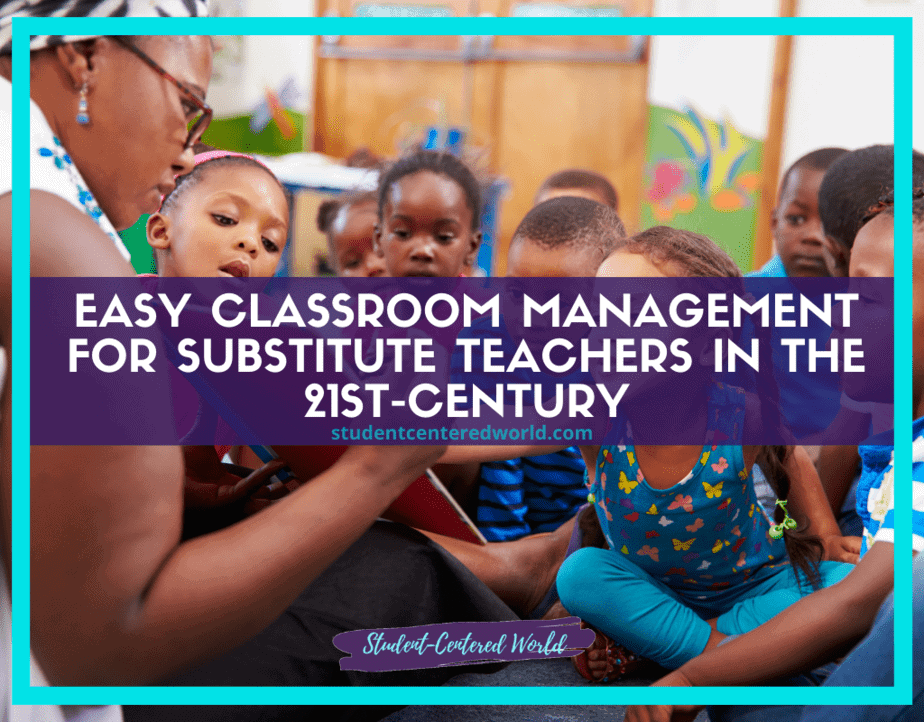Ways To Maximize Small Group Creation for Students
Utilizing small group instruction is not a new concept in education. However, in terms of student learning, there is often a grey area about what the best practices are for making this education model effective for individual students and lesson objectives.
Using small group planning and instruction consistently serves a bit of a different purpose than a more traditional method of instruction as it addresses specific students’ needs in a natural way, increasing student participation and being able to use effective feedback to drive further instruction (which is what the goal is when teaching, regardless of whatever the current trend of teaching is in your classroom, school, or district level).
A 2002 study recognized the importance of small-group instruction to the engagement of students in specific skills and subject areas. The findings stated that “multilevel ordinal regression analyses showed that children were three times more likely to be cognitively and behaviorally engaged and one-and-a-half times more likely to be emotionally engaged during collaborative groups than direct instruction” (Sun, et. al., 2022). These results are significant because they provide educators with preliminary data to support the use of small-group instruction in their classrooms.

Despite the study and others like it, many educators remain hesitant to utilize small group instruction in their classrooms due to a lack of understanding about how to effectively manage and monitor student learning in this environment. However, with proper planning and execution, small group instruction can be an effective way to differentiate instruction and meet the needs of all learners in a classroom.
The Benefits of Small Group Planning and Instruction
When used effectively, small group instruction allows educators to:
– Differentiate instruction based on students’ readiness levels, interests, and learning styles
– Monitor student progress and understanding in real-time
– Provide targeted feedback and support
– Maximize student engagement and motivation
– Encourage higher-level thinking and problem-solving
There are many benefits to doing this properly. For starters, it allows for more personalized and targeted instruction. Additionally, small group work can be used as a form of assessment, providing educators with valuable data about student understanding. Finally, when students are engaged in small group work they are often more motivated and excited about learning, leading to improved academic outcomes.

Understanding How to Group Students for Small Groups
Knowing how to group students in small groups is a critical skill for effective small-group teaching, and it plays a pivotal role in promoting active learning and tailored instruction. It’s a great way to address the diverse learning needs of students, as it allows teachers to assemble small groups based on their skill levels, common interests, and identified skills.
Much like fitting puzzle pieces together, careful planning ensures that each group is well-balanced and aligned with the end goal of the lesson. In small group discussions, students benefit from different perspectives and collaborative problem-solving, enhancing their critical thinking skills.
For example, grouping students by their ability levels for sight word practice, and using colorful index cards or popsicle sticks with students’ names, ensures that they receive instruction at the appropriate level and pace. It also fosters student interaction and engagement, as they work with different classmates and share new ideas.
Furthermore, small groups allow teachers to employ various teaching strategies, such as cooperative learning groups or project-based learning teams, to enhance students’ learning experiences. This approach is particularly effective for English language learners, as it provides the right support for their language development.
Ongoing assessment, such as using exit tickets or Class Dojo data, helps adapt and modify groupings as needed. By understanding the strengths and learning styles of their students, teachers can group them into cooperative and flexible groups with similar interests and learning objectives, ensuring that each student’s learning needs are met. In essence, grouping students for small groups is an effective method of enhancing classroom instruction, promoting active learning, and enabling students to learn from one another while progressing at their own pace.
It is a key component of flexible grouping, breaking down larger teams into smaller, more interactive units that contribute to overall learning objectives. This practice should be part of the classroom routine, benefiting students in the primary grades and beyond, and making learning a more engaging and enriching experience.
Creating a Plan for Small Groups
When first starting small-group learning, here is what you need to take into consideration as the key characteristics of small-group teaching:
-The type of activity or project
-How students will be grouped
-The materials and resources that will be used
-How you will monitor student progress and understanding
-What level of support and challenge each group will need
Types of activities:
There are three main types of activities that can be used in small-group learning, and they are:
-Projects: These are long-term activities that require students to use higher-level thinking skills and collaborate with each other.
-Problem-solving: These activities require students to work together to find solutions to problems.
-Practice: These activities give students the opportunity to practice new skills or strategies.
How students will be grouped:
There are a few different ways that students can be grouped for small-group learning, and they are:
-By readiness level: This is when students are grouped based on their ability to do the task at hand.
-By interest: This is when students are grouped together based on their interests.
-By learning style: This is when students are grouped together based on their preferred learning style.
Based on the objective(s) of the lesson plans, educators can determine which students will be grouped together. For example, if the objective is to practice a specific skill (or even new skills), then students should be grouped based on their readiness levels in order to provide appropriate support and challenge. If the objective is to explore a new topic, then students can be grouped based on their interests. If the objective is to practice a specific strategy, then students can be grouped based on their learning styles.
Once students are placed with other group members, it is important to monitor their progress and understanding in order to provide targeted feedback and support. This can be done through questioning, observing, and using data from formative assessments. If students are struggling, then the educator can provide additional support. If students are not challenged, then the educator can adjust the level of difficulty. If students are not engaged, then the educator can try a different approach, which could be anything from smaller groups to different activities.
Materials and resources:
The materials and resources that will be used in small-group learning will depend on the type of activity that is being done. For example, if students are working on a project, they will need materials such as paper, pencils, scissors, glue, etc. If they are doing a problem-solving activity, they will need materials such as puzzles, games, etc. And if they are doing a practice activity, they will need materials such as worksheets, flashcards, etc.
Monitoring student progress and understanding:
It is important to monitor students’ progress and understanding in order to provide targeted feedback and support. This can be done through questioning, observing, and using data from formative assessments. If students are struggling, then the educator can provide additional support. If students are not challenged, then the educator can provide more difficult tasks. And if students are not engaged, then the educator can try a different approach.

Differentiating instruction based on students’ readiness levels, interests, and learning styles can be time-consuming, but if you are naturally collecting the data in all the things you do in the classroom (when, if done correctly, there should be no extra work on your part), it is much easier to accomplish on a daily basis. This truly is what makes effective small-group teaching one of the most popular methods of achieving intended learning outcomes.
Elementary teachers preparing for small groups:
What might this look like in a K-5 environment? Elementary teachers are often tasked with preparing for whole-class instruction, which can be difficult to balance with preparing for small-group instruction. However, switching this to small group instruction can be as simple as dividing the class into groups based on readiness levels, interests, or learning styles.
If you are using a data-based approach to small group instruction, you will likely already have an understanding of which students need more support and which students need more challenge. You can use this data to create groups that will be most successful.
For example, if you have a group of students who are struggling with a particular skill, like reading a short text, you can create a small group that will focus on that skill. Or, if you have a group of students who are excelling in a particular subject, you can create a small group that will focus on enrichment activities.
Small Group Activities in Middle School:
Middle school students are often ready for more independence, so small group activities can be more student-led. However, it is still important for the teacher to provide guidance and support. For example, if you are working with a group of students on a problem-solving activity, you might give them a list of materials they will need and then let them work together to figure out how to use the materials to solve the problem.

If you are using data to inform your decisions about small group instruction, you might use it to create groups that focus on different skills or content areas. One small group may be working on an activity focusing on math skills while another has a more structured approach with a step-by-step explanation, and yet another may focus more on peer discussion of the topic. The possibilities really open up when you take the needs of individual learners into consideration.
Central concepts of planning for a small group of students in high school:
The same key elements apply when planning for small groups in high school: focus on students’ needs, differentiate instruction, and use data to inform decisions. However, there are a few other things to keep in mind when planning for small group instruction in high school.
One of the most important things to consider is the maturity level of the students. High school students are typically more independent than elementary or middle school students, so it is important to give them activities that will allow them to work independently. However, they still need guidance and support from the teacher.
Another thing to consider when planning for small group instruction in high school is the level of rigor. High school students are ready for more challenging activities than elementary or middle school students. This doesn’t mean that the activities need to be more difficult, but they should be more engaging and require higher-level thinking.
Finally, it is important to consider the time available for small-group instruction. High school schedules are often more hectic than elementary or middle school schedules, so it is important to use the time wisely. This means that the activities should be well-planned and focused on the needs of the students.
Possibilities when Implementing the Key Elements
The key elements here are focusing on students’ needs, differentiating instruction, and using data to inform decisions. With proper planning and execution, small group instruction can be an effective way to meet the needs of all learners in a classroom. By implementing collaborative learning and then analyzing the success of any small group, the assessment data (be it formative assessment or otherwise) will help hone in on the particular skill (or skills) that need to be a focus and allow the individual needs of students to be the focus in small group lessons.

The more you move from whole group instruction, the more possibilities open. For instance, when lesson planning you can look at learning stations (and/or a station-rotation model), your seating arrangement, learning materials, etc. The possibilities are truly endless and give that instructional support that only teaching with a reduced student-teacher ratio can give.
Think about it: if you’re trying direct instruction with upwards of 30 students, you are not going to know the right level of all your students’ needs. However, if you have a system where you are working with them in more intimate numbers, you will see that these strategies increase student engagement and the retention of knowledge, which is exactly what the different formats of small group teaching not only suggest but hone in on the principles of effective instruction.
The benefits of small group instruction make it worth the effort. Small group instruction allows educators to maximize student engagement and motivation, encourage higher-level thinking and problem-solving, and provide targeted feedback and support. With proper planning and execution, small group instruction can be an effective way to differentiate instruction and meet the needs of all learners in a classroom.
This systematic approach to teaching addresses gaps that may slip through the cracks with a more traditional model of instruction. It allows for additional help that different groups of students may need but are too embarrassed to ask for. It is an important part of course design and not only works in each content area but will allow for a deeper understanding of content in the amount of time you are allotted within the school year.
Stop Driving the Teacher Struggle Bus
Are you struggling with student engagement, apathy, or keeping your class on track?
💫💫 There’s hope! 💫💫
Join my free teacher workshop “Choosing Choice” and in just 60 minutes, you’ll craft a practical plan to revitalize your teaching. Discover the magic of student choice in boosting engagement, gain quick implementation ideas, and explore strategies for year-long success.
Unlike overwhelming workshops, my approach guides you in real-time, providing more classroom options, reducing stress, and giving you more personal time.
Plus, you’ll earn a 1-hour professional development certificate and have 7 days of access.
Don’t miss this chance to transform your teaching; click below to secure your spot now!
This article was originally published on April 5, 2022
References:
Jingjing Sun, Richard C. Anderson, Tzu-Jung Lin, Joshua A. Morris, Brian W. Miller, Shufeng Ma, Kim Thi Nguyen-Jahiel, Theresa Scott, Children’s engagement during collaborative learning and direct instruction through the lens of participant structure, Contemporary Educational Psychology, Volume 69, 2022, 102061, ISSN 0361-476X, https://doi.org/10.1016/j.cedpsych.2022.102061 (https://www.sciencedirect.com/science/article/pii/S0361476X22000200)






